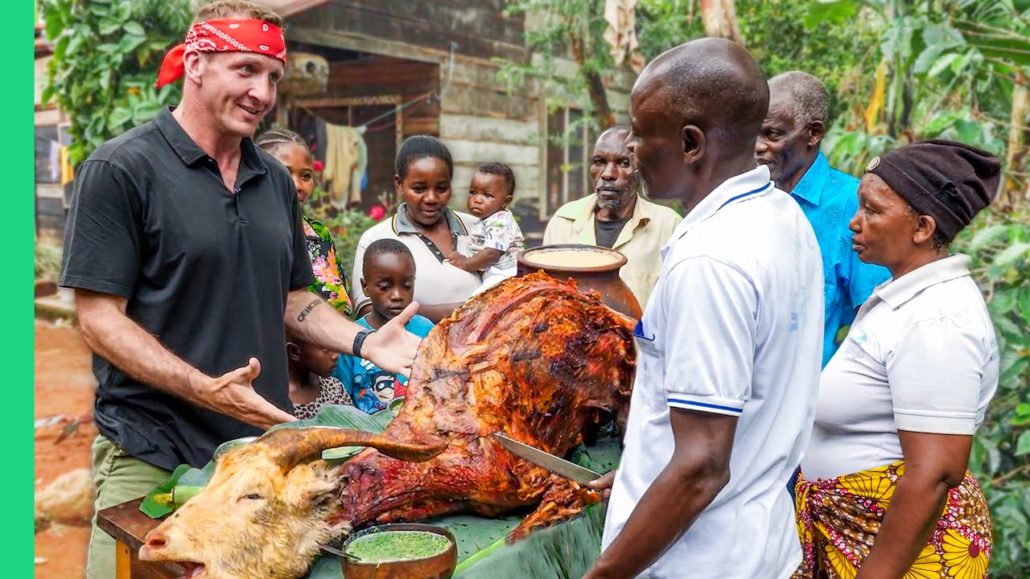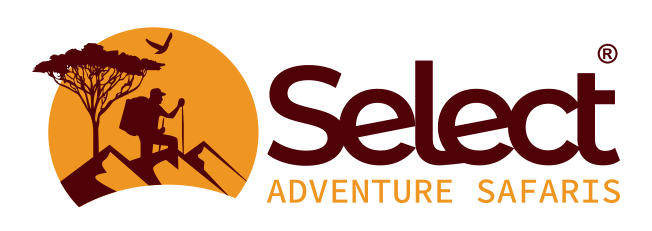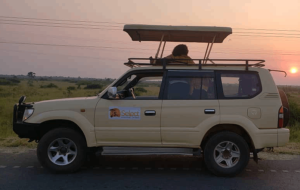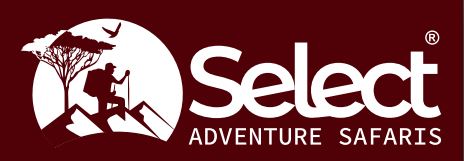Tanzania’s richest tribe
Tanzania richest tribe : Tanzania is one of the nations in the world with the greatest number of tribes and cultures; the nation is home to over 100 tribes, each of which has its own culture, set of beliefs, and level of economic development. Among the most well-known tribes of Tanzania are the Maasai, Sukuma, Chagga, Haya, Ngoni, Hadzabe, and Datoga. Only about 16 percent of Tanzania’s population is Sukuma, the country’s largest ethnic group, with Nyamwezi and Chagga following. Tanzania, unlike its neighboring countries, has not seen widespread civil conflicts despite having a vast number of tribes. This fact is credited to Swahili’s power to bring people together and make them feel like a single society.
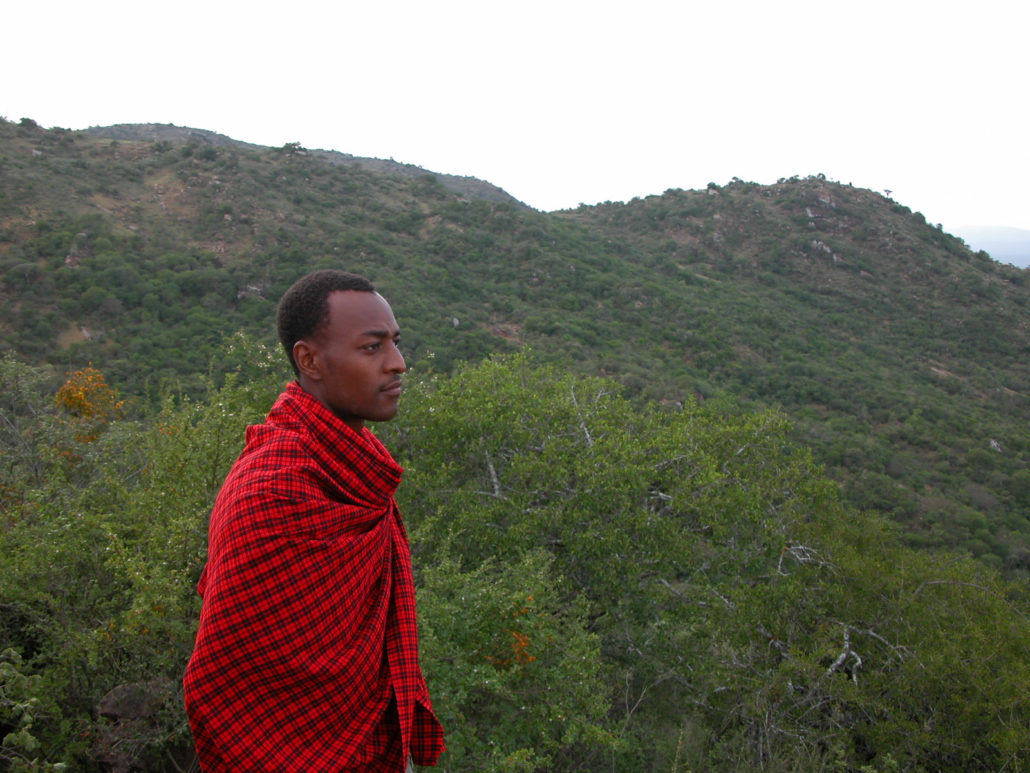
Due to the large number of tribes, each has its unique set of values and economic customs that serve as a means of subsistence. For instance, some tribes, like the Maasai and Mbulu, rely heavily on raising livestock as a means of subsistence, while other tribes, like the Chagga and Sukuma, are more reliant on agriculture and grow rice and bananas, in that manner.
The Chagga people are Tanzania’s third-largest ethnic group, numbering approximately 2 million. They are recognized as the wealthiest, richest, and most powerful tribal group in Tanzania, and they inhabit the southern and eastern slopes of Mount Kilimanjaro. The extent of the western education they received after arriving in Kilimanjaro, one of the first places in Europe to accept missionaries, as well as their strong work ethic, particularly in farming, as well as their proximity to Mount Kilimanjaro (which promoted tourism), all had an impact on or caused this. The Chagga are one of Tanzania’s most well-known tribes because they have maintained a strong sense of identity and pride despite having several groups in their area.
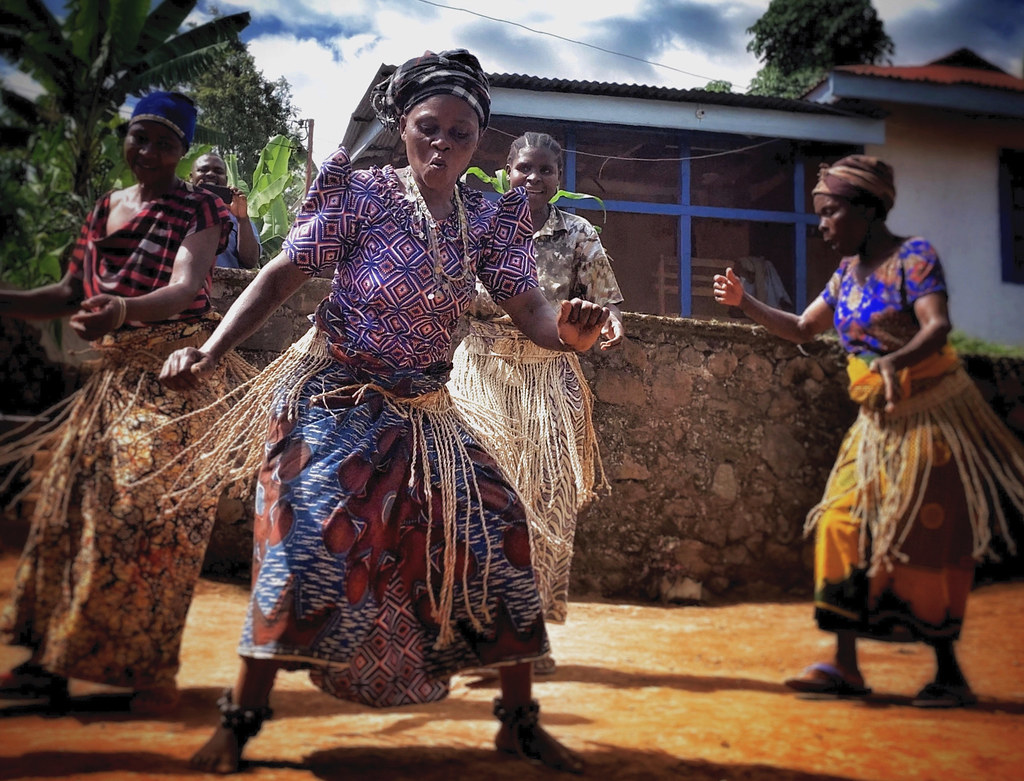
The economy of the chagga people and Tourism
The Chagga people live on Mount Kilimanjaro’s slopes, where there are water streams, tiny rivers, and water falls, making them the richest tribe in Tanzania. The Chagga engage in agriculture, with their main crops being bananas, maize, and beans. Because they get more rain than other areas of Tanzania, which have fewer sunny days, their climate is good for agriculture. Additionally, they use irrigation during dry spells because they have so many water sources.
The Chagga people profit significantly from tourism because they reside close to Tanzania’s most well-known and renowned tourist destination, Mount Kilimanjaro. For Chagga families, tourism is a major source of income in addition to farming and small businesses. While some Chagga members sell local goods to visitors to Mount Kilimanjaro, others engage in cultural tourism, which brings in more money from tourists, particularly during the busiest travel season.
The language of chagga
The Chagga people’s primary language is Kichagga, which is a Bantu/mother tongue. The Chagga people speak a variety of languages in different parts of the country. Despite their tongue distinctions, the Chagga people can communicate with one another. Apart from their native tongue, Chagga can speak fluent Swahili, the national language, and most of them can also communicate in English due to their educational background. In primary schools, Kiswahili is the language of instruction, and it is also utilized in the workplace. In secondary schools and higher education institutions, English is the language of education.

The religion of the Chagga people
The Kibosho Catholic Church, built during the colonial era, is the most recognizable religious icon of the Chagga people. Many tourists visit this enormous and historic church atop Mount Kilimanjaro to take pictures and admire the stunning architecture. The Chagga people were introduced to Christianity in the middle of the nineteenth century, and by its conclusion, both Protestant and Catholic missionaries had established themselves in the area. The embrace of Western religions has led to a reduction in traditional Chagga beliefs and rituals or a transition to new Christian ideologies.
The Chagga people were introduced to Islam by early Swahili caravan traders. Islam provided a sense of community not only among the Chagga of diverse locales but also with Muslims of other ethnic groups. The richest tribe in Tanzania, the Chagga, practice Christianity, which is their primary and most numerous religions. On Sundays, when they attend church, you can observe them congregating in bigger quantities.
Education of chagga people.
The first formal teaching in Christian missions was given to the Chagga. As a result of girls’ education not being as highly valued historically, boys usually outnumbered girls in educational institutions. Nevertheless, as a result of Tanzania efforts, the numbers are roughly equal now that people are aware of the need of education. All Chagga people in Tanzania were pushed to enroll in at least primary school after their country attained independence. The government had made elementary education free by 1971. All kids had to finish at least seven years of primary school by the time they turned seven. The Chagga people are currently regarded as one of Tanzania best educated tribes, with many of them attending university. Those who passed a qualifying examination continued their education in secondary school.
Chagga people cultural practices.
Drums, bells, and wooden flutes are some of the classic Chagga instruments. Singing and dancing are a part of almost every celebration. The exposure to other ethnic groups and Western culture has given the Chagga a taste for a variety of musical genres. Among these are the music and dancing styles of West and Central Africa, as well as Swahili songs performed by various Tanzanian bands. Although young people prefer reggae, pop, and rap, they still have their own traditional songs that are played at important occasions like weddings and other special occasions. They consume mbege, a Chagga indigenous alcoholic beverage that is consumed communally while using the same drinking utensil. You will be able to experience this lovely aspect of Chagga culture and forge memories if you travel during the weekend, particularly on Saturday and Sunday. You may take part by giving them this soda to drink.
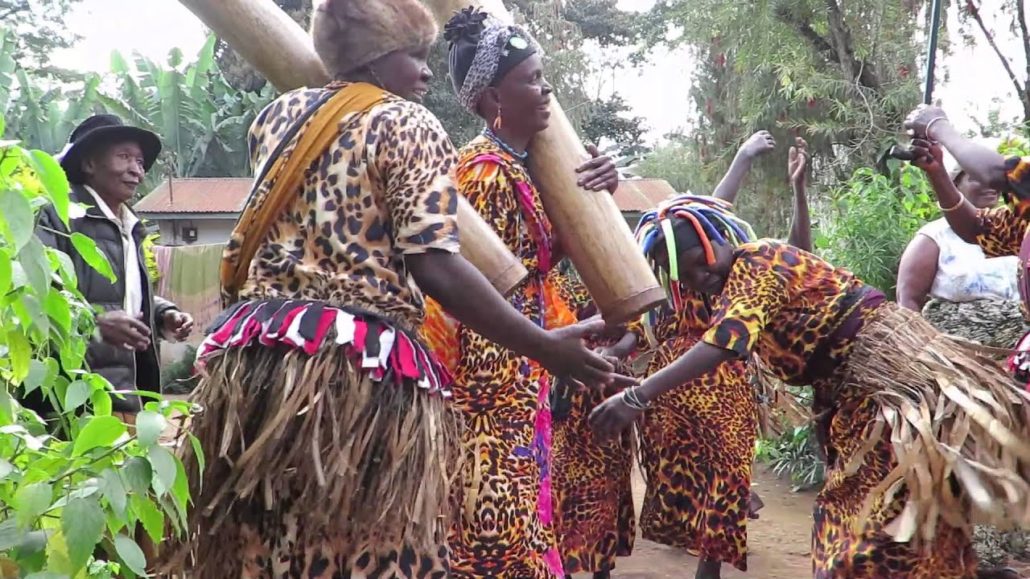
Chagga people distribution of labor.
Gender-based division of labor has long been a feature of chagga, with a focus on the agriculture. Men are in charge of butchering animals, building homes, preparing fields, building and maintaining canals, and feeding goats. Women handle responsibilities including gathering firewood and water, cutting fodder, cooking, and cleaning the homestead and stables. Women are also in charge of trading in the market. Selling their crafts and custom clothing is another way that women in rural areas make money. The Chagga are known as Tanzania’s richest tribe and are renowned for having a strong work ethic and business drive.
Chagga food.
The Chagga people’s main food source is bananas. Bananas, millet, maize (corn), beans, and cassava, which is also their primary source of liquid, are just a few of the food crops that the Chagga cultivate. They also keep sheep, goats, and cattle for milk and meat. Due to a shortage of land and grazing areas, the majority of Chagga inhabitants are now forced to purchase meat from butcher shops. Pregnant women are given milk, sweet potatoes, fat, yams, and butter, which are regarded as female meals. Beer and bananas are items that are often consumed by guys, so pregnant ladies shouldn’t consume them. Mtori, a native Chagga dish composed of beef and bananas, has spread to other regions of Tanzania, where different tribes have adapted it by adding.
